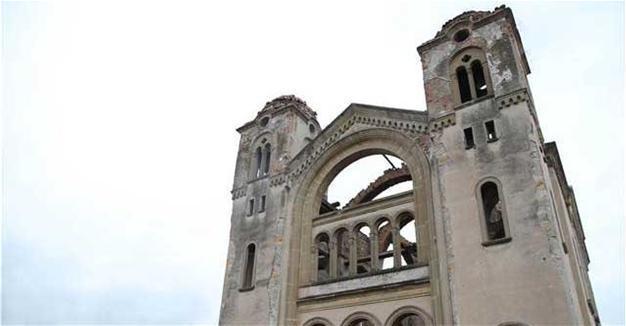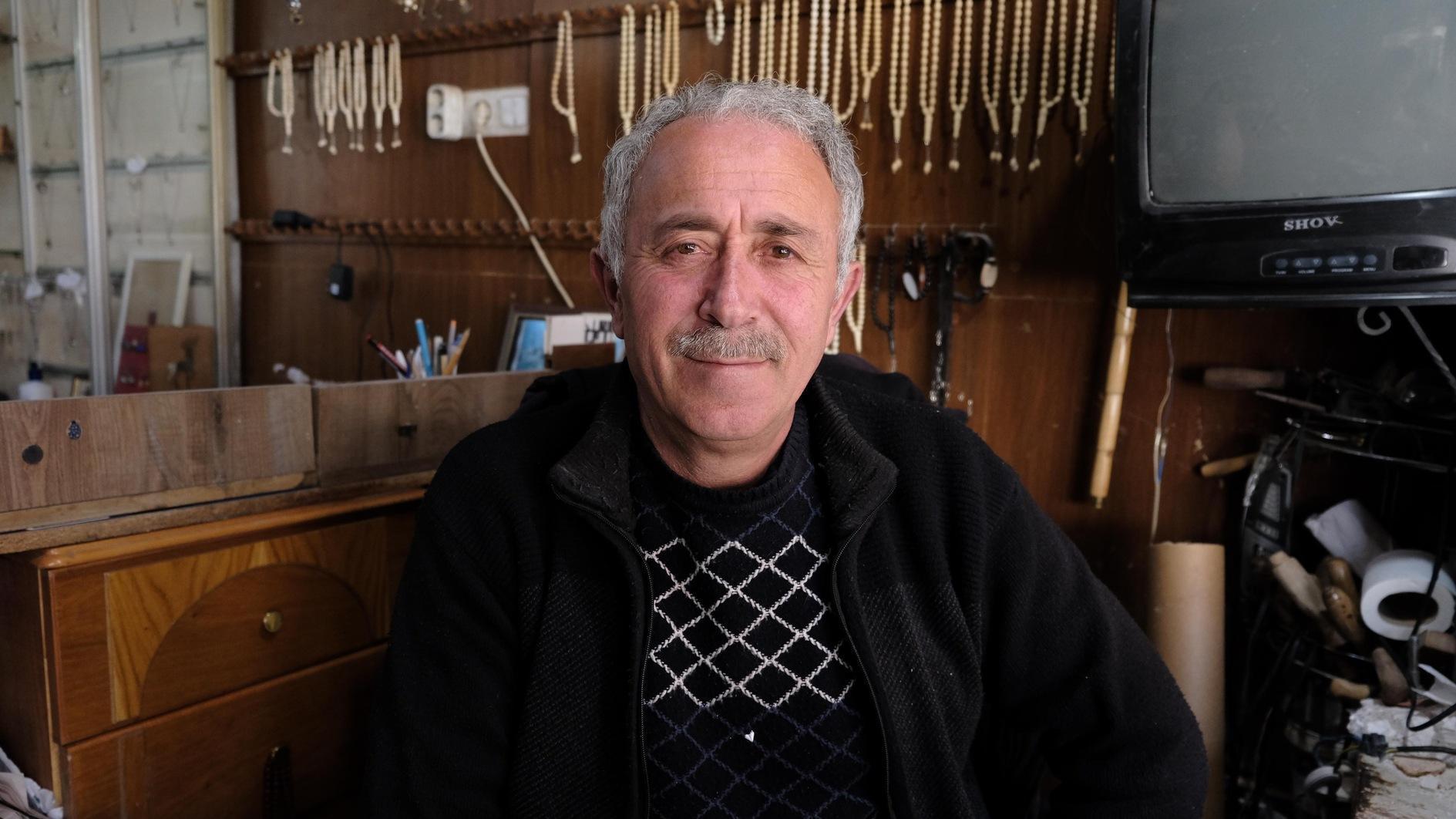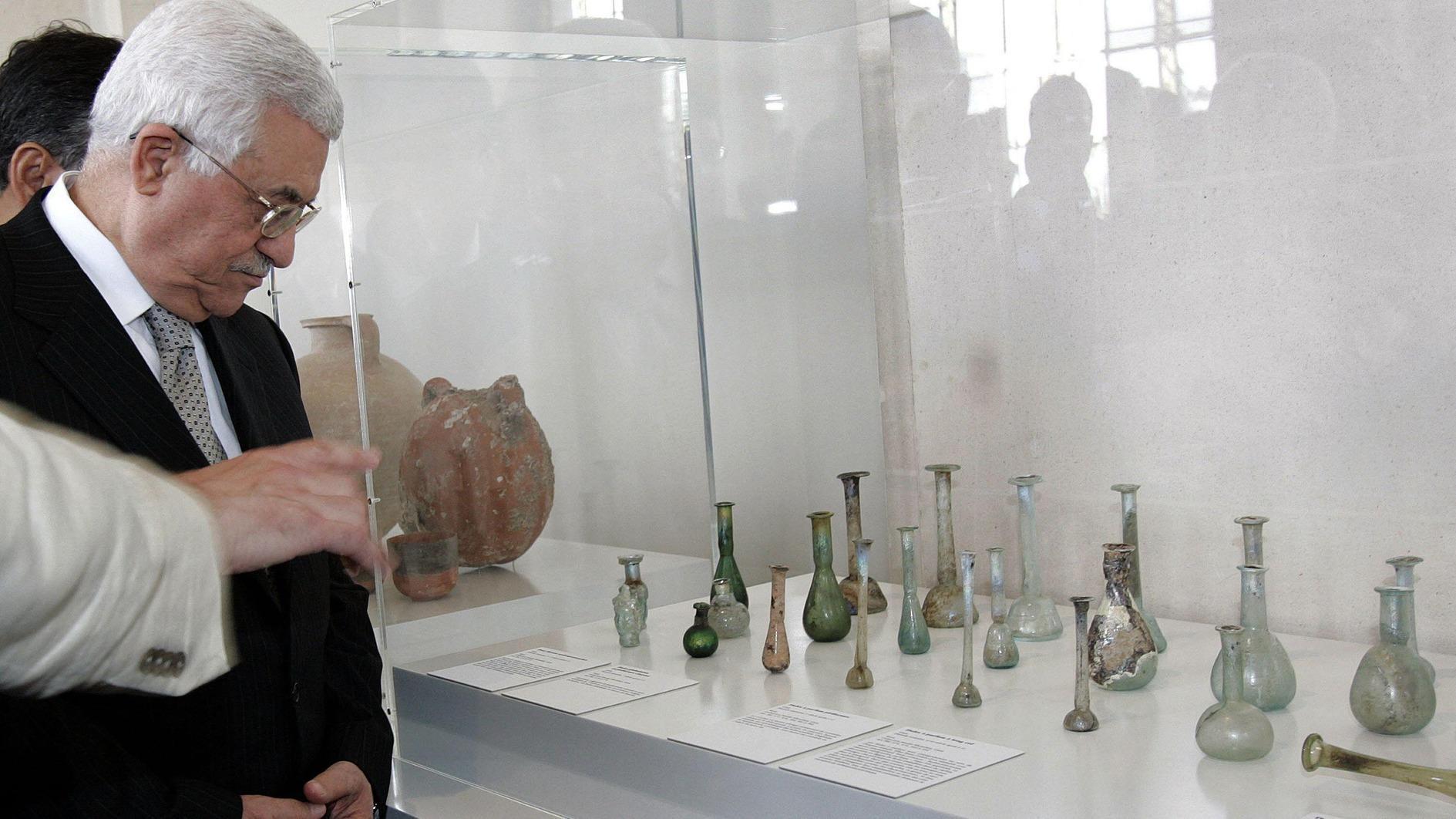Hagios Georgios Church to serve tourism
BİLECİK – Anadolu Agency
 The Hagios Georgios Church, which was built in the northwestern province of Bilecik’s Osmaneli district at the end of 1800s and now lies in ruins, will be converted into a museum after a restoration process.
The Hagios Georgios Church, which was built in the northwestern province of Bilecik’s Osmaneli district at the end of 1800s and now lies in ruins, will be converted into a museum after a restoration process.The restoration project of the historical structure has been approved by the Council of Monuments and is set to be finished in two years.
“The most important feature of this district is that it is the first place where the Seljuks first arrived and became Turks when they set off to conquer İznik,” said Osmaneli Mayor Münür Şahin, while noting that the history of the district stretched back to 8000 B.C. “In 1075, Osmaneli – then named Lefke – and İznik were conquered by the Seljuk and then the Anatolian Seljuk Empire was established. İznik became the capital of this empire. Since then, Osmaneli has been a Turkish city. Even during the Crusades, it was not invaded because fighting Turks were living here.”
Şahin said the district was home to many historical structures and that one of them was the Hagios Georgios Church.
The area of the church was a religious site in ancient ages, Şahin said. “With Christianity, the area was used as a church. The church here collapsed during fires and natural disasters throughout time. And in the 1800s, this church was built here as part of a project by a Hungarian engineer. It still survives,” he said.
The mayor said the expropriation process had been completed.
“We made talks with the Culture and Tourism Minister Nabi Avcı. The restoration will cost nearly 2 million to 3 million Turkish Liras. I hope it will start this year and will last two years,” he said.
Not to open to worship again
Şahin said after the project had been approved, the Fener Greek Patriarch visited the region. “We re-evaluated the situation of the church. This place will never be opened to worship again. It will serve as a museum and a cultural venue. We got necessary permissions; we will bring movable cultural artifacts from around Osmaneli and keep them here.”
Speaking about the church, Ordu University History of Arts Department academic Seçkin Evcim said they did not have definite information about the date and architect of the church.
“It is believed that a Hungarian architect, who was sent to the region by the state in the end of 1800s, made the project for the church,” Evcim said. “It is the project of an educated and most probably foreign architect because the church’s architecture is close to the Neo-Eastern Roman style, according to the documents in the Prime Ministry’s Ottoman archives. It is reported that it was constructed at the end of the 19th century and beginning of the 20th century but its construction was not finished. A document from 1903 is the only document that mentions the name of the structure.”
Evcim said the church was a great draw for the region. “It is interesting and nice that an international style, which was dominant in the second half of the 19th century especially in the Eastern Europe, is seen in Anatolia.”
















